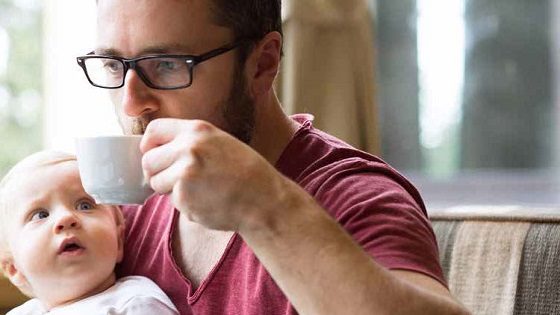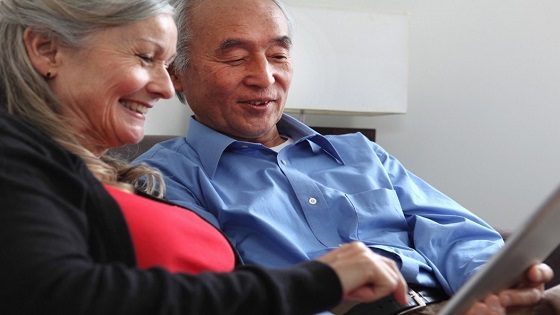 Make full use of your relevant tax planning opportunities
Make full use of your relevant tax planning opportunities
With the tax year end (5 April) on the horizon, taking action now may give you the opportunity to take advantage of any remaining reliefs, allowances and exemptions.
We have provided some key tax and financial planning tips to consider prior to the end of the tax year. Now is also an ideal opportunity to take a wider review of your circumstances and plan for the year ahead.
Check your paye tax code
It’s important to check your tax code. Your tax code is based on the amount of tax you should be paying and the amount you can earn before tax applies. The tax code is the identifier that tells your employer how much tax should be deducted from your salary each time you get paid. If you have multiple employers or pension providers, you may get more than one tax code. If you’re on the wrong one, you could be paying HM Revenue & Customs (HMRC) more than you ought to be. On the other hand, you risk getting penalised if you’re paying too little.
Transfer part of your personal allowance
Married couples and registered civil partners are permitted to share 10% of their personal allowance between them. The unused allowance of one partner can be used by the other, meaning an overall combined tax saving.
The amount you can transfer is £1,260 for 2021/22 and a transfer is not permitted if the recipient partner pays tax at a rate higher than the basic rate of 20% (higher than the intermediate rate of 21% for Scottish taxpayers).
Contribute up to £9,000 into your child’s junior ISA
The fund builds up free of tax on investment income and capital gains until your child reaches age 18, when the funds can either be withdrawn or rolled over into an adult ISA. Relatives and friends can also contribute to your child’s Junior ISA, as long as the £9,000 limit for 2021/22 is not breached.
Tax-free savings and dividend allowances
For 2021/22, savings income of up to £1,000 is exempt for basic rate taxpayers, with a £500 exemption for higher rate taxpayers. The tax-free dividend allowance is £2,000 for all taxpayers. Married couples and registered civil partners could save tax by ensuring that each person has enough of the right type of income to make use of these tax-free allowances.
Individual Savings Account (ISAs)
You can put the entire amount into a Cash ISA, a Stocks & Shares ISA, an Innovative Finance ISA, or any combination of the three (or up to £4,000 out of the overall £20,000 allowance into a lifetime ISA if aged between 18 to 39). Usually when you invest, you have to pay tax on any income or capital gains you earn from your investments. But with an ISA, provided you stick to the rules on how much you can pay in, all capital gains and income made from your investments won’t be taxed. Every tax year you have an ISA allowance, which is currently £20,000 for the 2021/22 tax year.
Utilise any capital loses
If you realise capital gains and losses in the same tax year, the losses are offset against the gains before the capital gains tax exempt amount (£12,300 in 2021/22) is deducted. Capital losses will be wasted if gains would otherwise be covered by your exempt amount. Consider postponing a sale that will generate a loss until the following tax year, or alternatively realising more gains in the current year.
Maximise pension contributions
The annual allowance for 2021/22 is £40,000. To avoid an annual allowance tax charge, the pension contributions made by yourself, and by your employer on your behalf, must be covered by your available annual allowance. If you haven’t used all your allowances in the last three tax years, it might be possible to pay more into your pension plan by ‘carrying forward’ whatever allowance is left to make the most of the tax relief on offer, though bear in mind that your own personal tax-relievable contribution amount is still capped at 100% of your earnings.
However, different rules apply if you’ve already started to take money flexibly out of your pension plan and you’re affected by the Money Purchase Annual Allowance, or if your income when added to your employer’s payments are more than £240,000 and your income less your own contributions is over £200,000.
Pay pension contributions to save NICs
If you pay pension contributions out of your salary, both you and your employer have to pay National Insurance Contributions (NICs) on that salary. When your employer pays a contribution directly into your pension scheme, the employer receives tax relief for the contribution and there are no NICs to pay – a saving for both you and your employer.
You could arrange with your employer to cover the cost of the contributions by foregoing part of your salary or bonus. You must agree in writing to adjust your salary before you become entitled to that salary or bonus and before the revised pension contributions are paid for this arrangement to be tax-effective, although pension contributions are not caught by the clampdown on salary sacrifice arrangements.
Make a Will and review it
If you die without making a Will, your assets will be divided between your relatives according to the intestacy rules. Your surviving spouse or registered civil partner may only receive a portion of your estate, and Inheritance Tax will be due at 40% on anything else above £325,000 (up to £500,000 if the Residence Nil Rate Band is available).
Leave some of your estate to charity
Where you leave at least 10% of your net estate to charities, as well as the gift to charity being free from Inheritance Tax, the Inheritance Tax on your remainder estate is charged at 36% instead of 40%. The exact calculation of your net estate is quite complicated, so it’s important to receive professional advice when drawing up or amending your Will.
Make regular IHT-free gifts
As long as you establish a pattern of gifts that can be shown to be covered by your net income, without reducing either your capital assets or your normal standard of living, these gifts will be free of Inheritance Tax. The recipients of the gifts need not be the same people each year.
Use the IHT marriage exemption
If your son or daughter is about to marry, you and your spouse can each give them £5,000 in consideration of the marriage, and the gift will be free of Inheritance Tax. The marriage exemption can also be combined with your £3,000 a year Inheritance Tax exemption to allow you to make larger exempt gifts. You can make an Inheritance Tax-free gift of £2,500 for a grandchild’s wedding. Registered civil partnerships attract the same exemptions.
Make IHT-free gifts each tax year
These gifts are free of Inheritance Tax and, if you forget to make your £3,000 gift one year, you can catch up in the next tax year by giving a total of £6,000 but you can only carry forward the £3,000 allowance for one tax year and must fully use the current year’s allowance as well. Remember, you and your spouse or registered civil partner can each give £3,000 out of your capital every tax year, in addition to gifts you make out of your regular income.
Do I need personal tax planning advice?
It is crucial that year-end tax planning reviews are undertaken as soon as possible, as you will need time to consider all the options available. Many of the allowances and reliefs cannot be applied retrospectively after 5 April 2022. We can provide a comprehensive review, tailored to your individual needs and circumstances. Don’t delay, please contact us if you require further information.
Information is based on our current understanding of taxation legislation and regulations. Any levels and bases of, and reliefs from, taxation are subject to change. The value of investments and income from them may go down. You may not get back the original amount invested. Past performance is not a reliable indicator of future performance.



